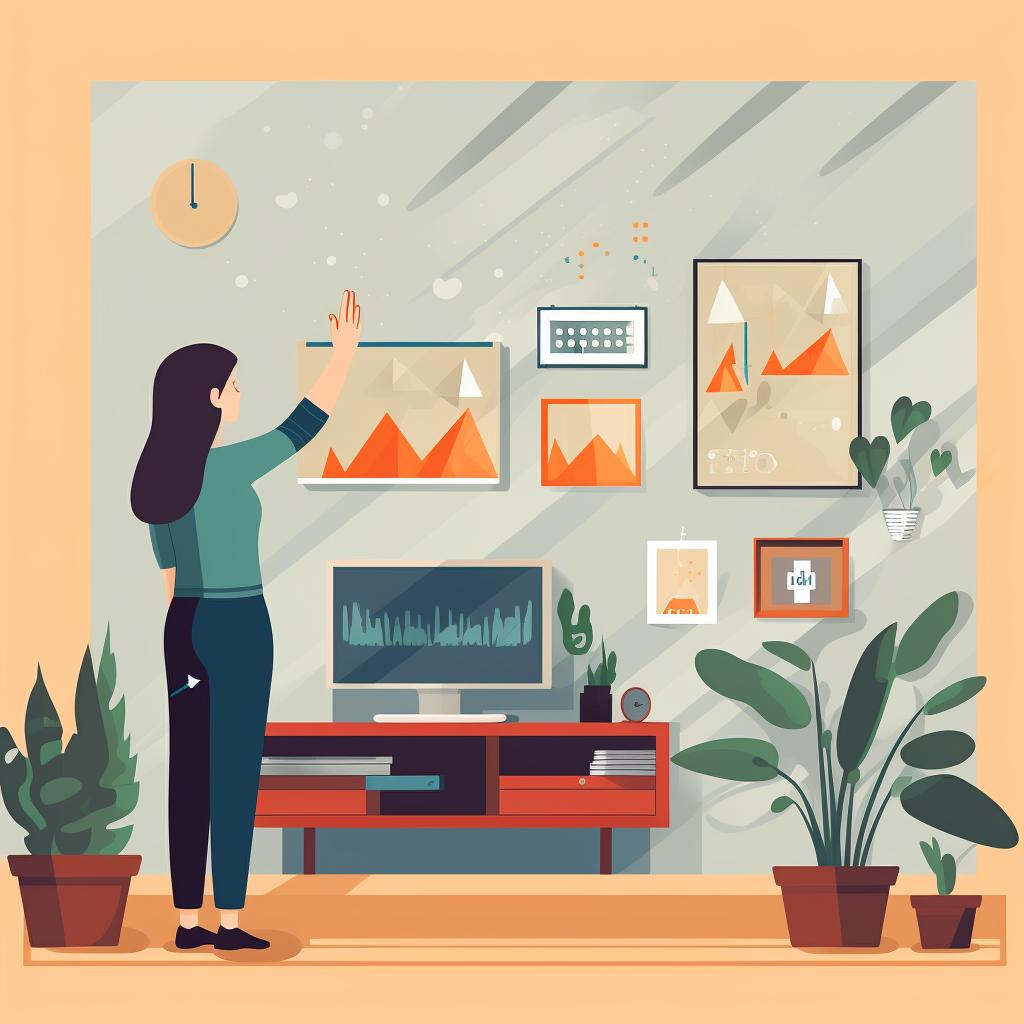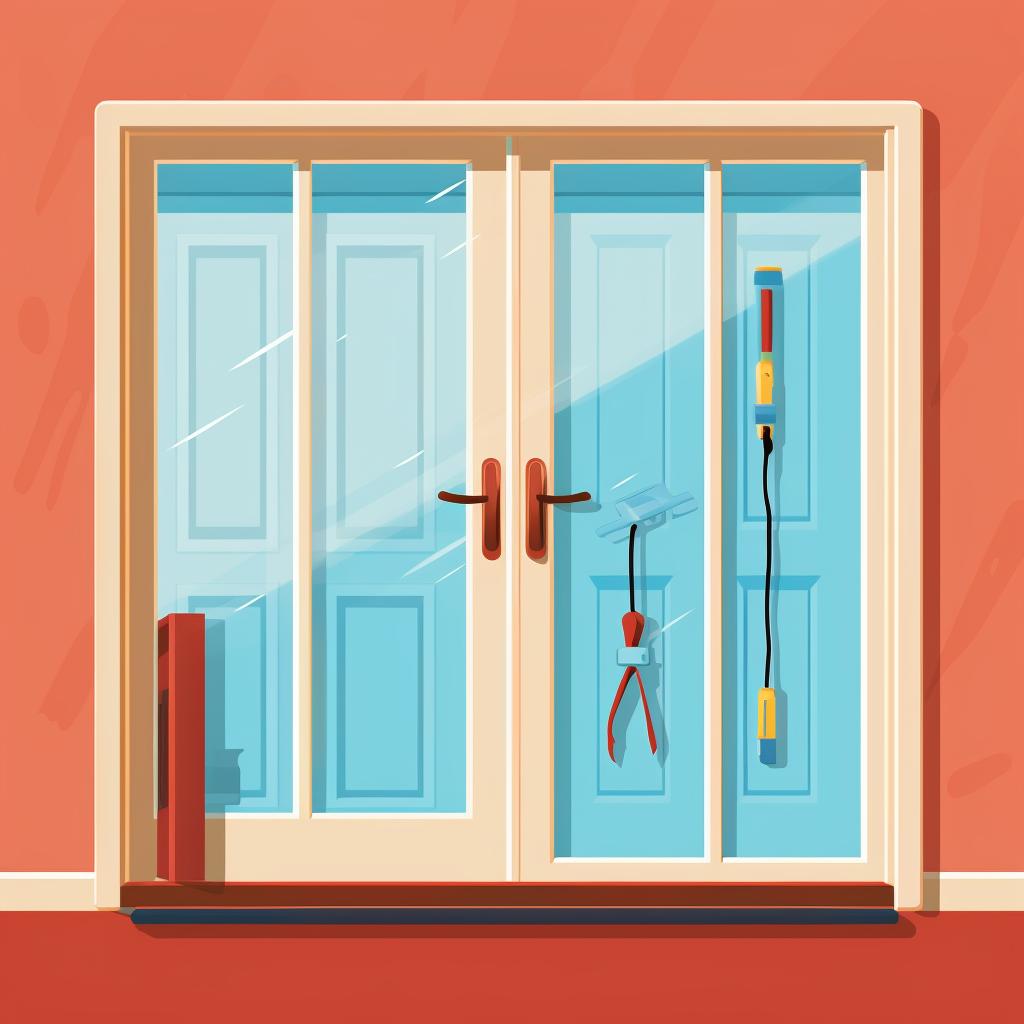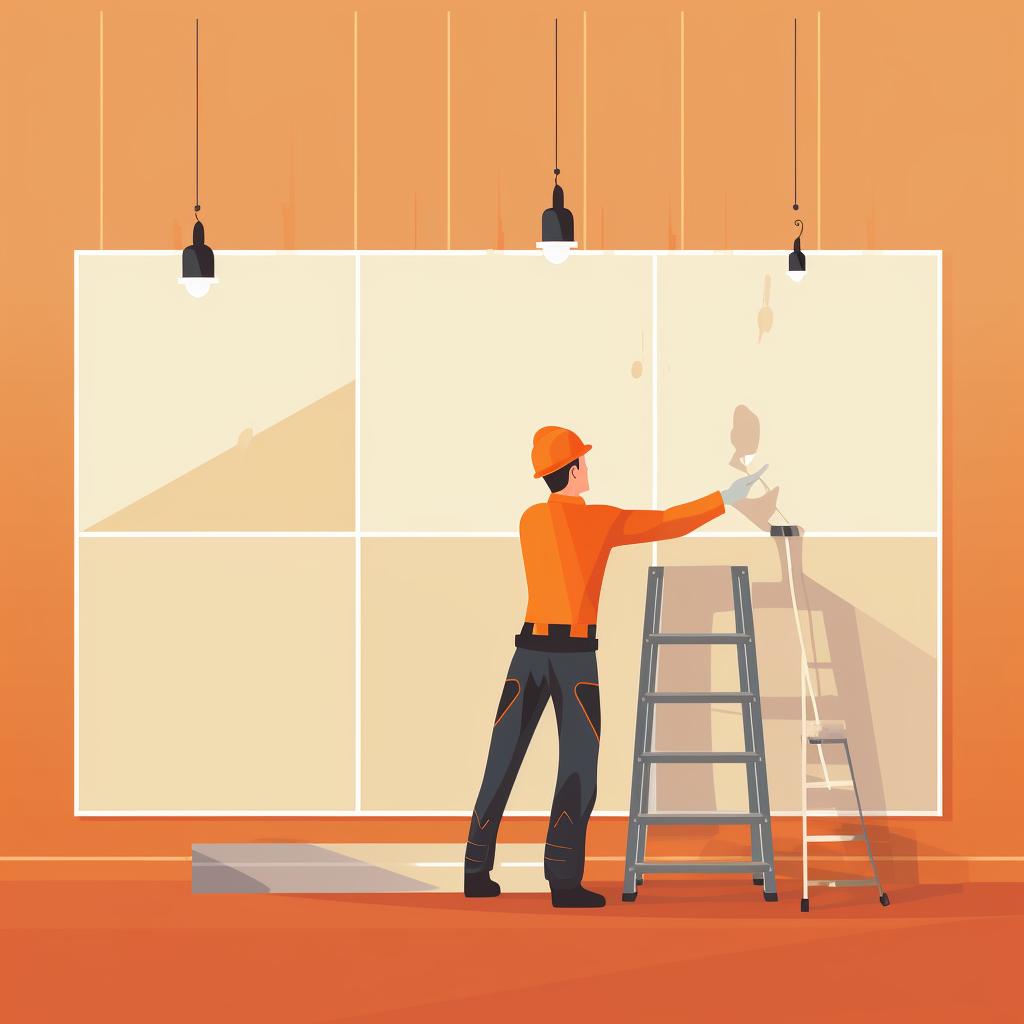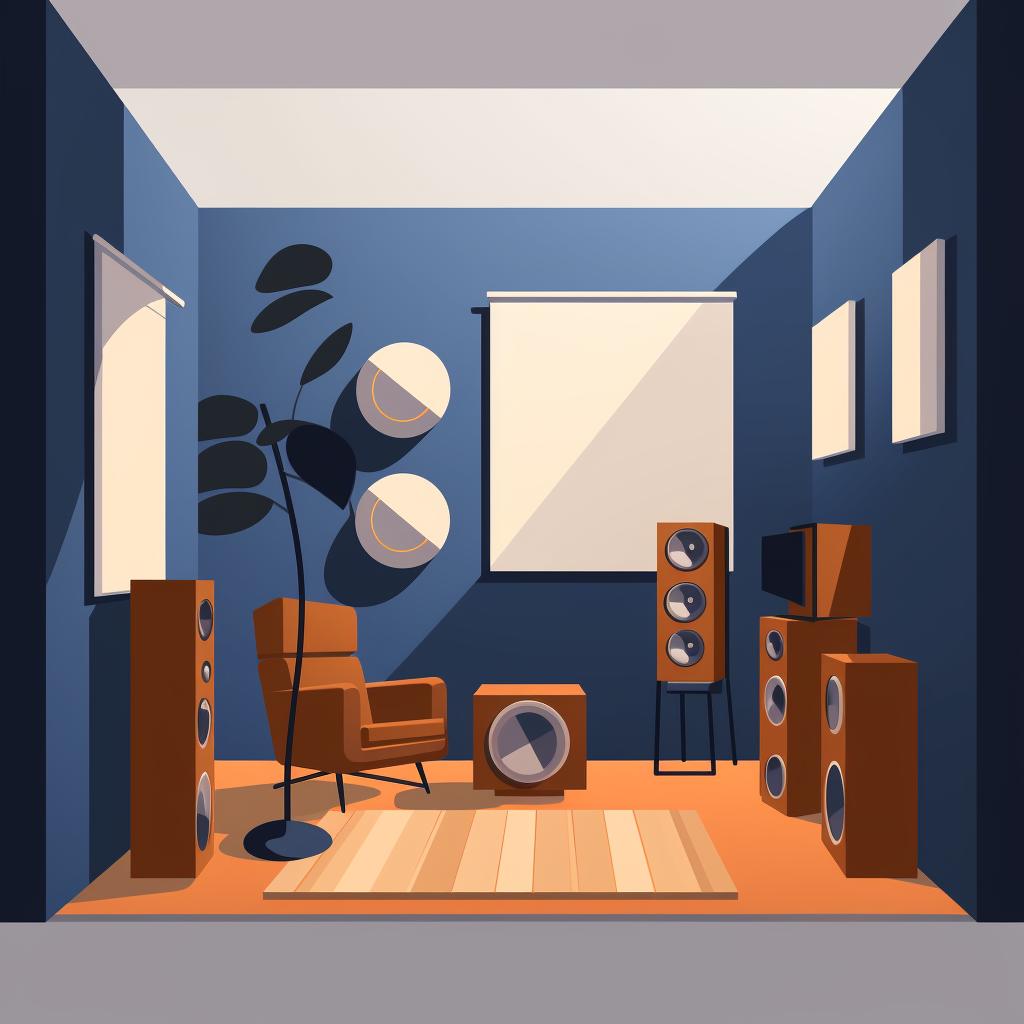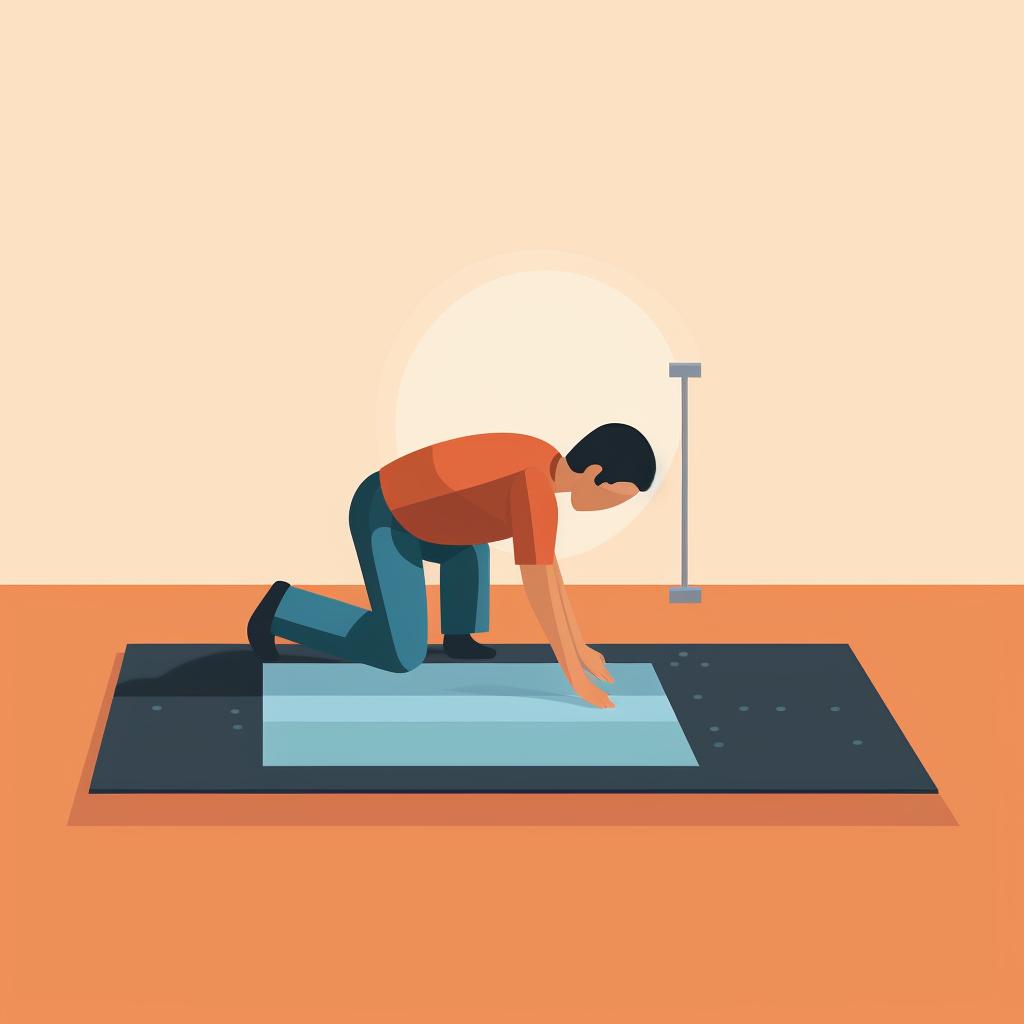Liv is a singer-songwriter and music teacher with a passion for acoustic music. She has a wealth of experience in recording vocals and acoustic instruments. Liv loves helping others capture their musical ideas in the best possible quality.
When it comes to setting up a home studio, particularly for vocal recording, the acoustic setup of the room can make or break the quality of your sound. The best acoustic room for recording is one that is well-treated to reduce noise, echo, and other sound distortions. Here's a detailed guide to help you create the perfect acoustic setup for your home studio.
Why Do Room Acoustics Matter in Your Home Studio?
Before diving into the specifics of creating an ideal acoustic room, it's crucial to understand why room acoustics matter. Sound waves can bounce off hard surfaces, creating echoes and background noise that can affect the clarity of your recordings. By treating your room acoustically, you can control these sound reflections and achieve a cleaner, more professional sound.
Which Room in Your House Makes the Best Studio?
Not all rooms are created equal when it comes to acoustics. Ideally, you should choose a room that's not too small or too large, as extreme sizes can create acoustic challenges. Also, avoid rooms with a lot of windows or hard surfaces as they can cause unwanted sound reflections.
With the basics of room acoustics and choosing the right room covered, let's dive into some frequently asked questions about setting up a home studio.
Now that we've answered some common questions, let's move on to the next important aspect of setting up a home studio: soundproofing your room.
How to Keep the Noise Out: Soundproofing Your Studio Room
Once you've chosen your room, the next step is soundproofing. This process involves reducing the amount of sound that can enter or leave the room. This is crucial for ensuring that external noises don't interfere with your recordings. You can achieve soundproofing through a variety of methods, including using acoustic panels, bass traps, and diffusers.
Now that you've chosen your room, let's move on to the crucial task of soundproofing. Here's a step-by-step guide to help you create a soundproof environment for your home studio:
Learn more about 🔇 Soundproofing Your Home Studio: A Step-by-Step Guide 🔇 or discover other Fresh Out of the Booth guides.
With your room now soundproofed, you're ready to set up your recording space. Let's move on to how you can arrange your equipment for the best results.
Creating Your Perfect Recording Spot in Your Home Studio
The setup of your recording space can also influence the quality of your vocal recordings. For the best results, place your microphone in the middle of the room, away from walls and other reflective surfaces. Additionally, consider using a pop filter to reduce plosive sounds and a microphone isolation shield for further sound isolation.
Now that we've discussed the importance of room selection and setup for your home studio, you may have a few questions. Let's address some of the most common queries:
With these tips in mind, you're ready to move on to the next step: testing and adjusting your setup to ensure the best sound quality.
Did You Nail It? Testing and Tweaking Your Studio Setup
After setting up your room, it's important to test the acoustics and make any necessary adjustments. Record yourself speaking or singing in different parts of the room and listen back to identify any issues with echo, background noise, or sound clarity. You can then adjust your setup as needed to improve the sound quality.
Home Studio Acoustics Quiz
Test your knowledge on home studio acoustics. Choose the best answer for each question.
Learn more about 🎧 Home Studio Acoustics Quiz - Test Your Knowledge 🎵 or discover other Fresh Out of the Booth quizzes.
Setting up a home studio can seem daunting, but with the right knowledge and tools, you can create a space that's perfect for recording vocals. Remember, the goal is to create a room that reduces noise, controls sound reflections, and allows you to capture your voice in the highest possible quality. Happy recording!
How helpful did you find this guide on setting up a home recording studio?
We'd love to know your thoughts! How useful did you find our guide on setting up a home studio for vocal recording?
For more tips and advice on home recording, check out our other articles and FAQs on related topics.
Let's delve into some frequently asked questions about setting up a home studio for vocal recording.
We hope this FAQ section has provided some valuable insights into setting up your home studio. Remember, the key to a successful home studio is to experiment and adjust until you find what works best for you.


